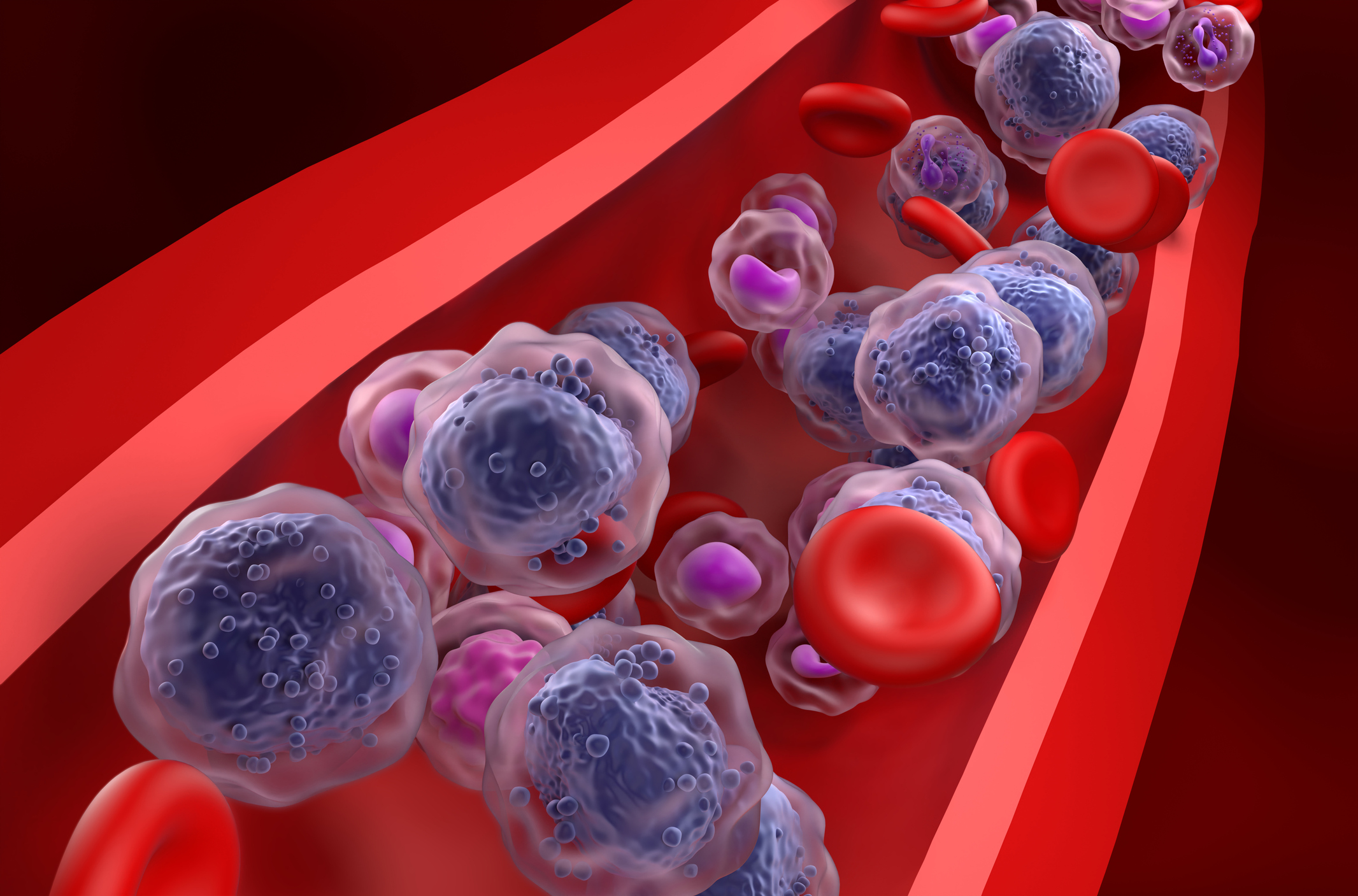
A new analysis presented at the 65th American Society of Hematology Annual Meeting & Exposition differentiated the mechanisms of action of luspatercept from epoetin alfa in patients with transfusion-dependent, lower-risk myelodysplastic syndrome (LR-MDS) enrolled in the COMMANDS study.
The COMMANDS trial enrolled 182 patients with Revised International Prognostic Scoring System–defined LR-MDS with <5% bone marrow (BM) blasts and serum erythropoietin (sEPO) <500 U/L. Patients were randomly assigned to luspatercept or epoetin alfa. The primary endpoint was achievement of red blood cell transfusion independence (RBC-TI) of 12 weeks or longer with a concurrent mean hemoglobin increase of at least 1.5 g/dL.
Results of the trial showed that 58.5% of patients with erythropoiesis-stimulating agent–naïve disease treated with luspatercept compared with 31.2% of patients treated with epoetin alfa had RBC-TI for 12 weeks or longer with concurrent mean hemoglobin increase of ≥ 1.5 g/dL during weeks one to 24.
In this biomarker analysis, Sheida Hayati, of the Translational Medicine and Disease Team at Bristol Myers Squibb, Summit, New Jersey, and colleagues performed cytomorphology assessments on BM aspirates at baseline, week 24, and week 48. In addition, the researchers measured complete blood count, hemoglobin (Hb), and reticulocytes (retics) in peripheral blood. BM mononuclear cells (BMMCs) were subjected to bulk RNA sequencing. Serum cytokine analysis was performed at screening and week 24 with Rules-Based Medicine’s Human Inflammation MAP® v.1.1 and a custom Human MAP enzyme-linked immunosorbent assay panel.
Erythroid precursors (EPs), retics, and Hb were increased in patients treated with luspatercept at week 24 (P<0.001) and week 48 (P<0.001); however, EPs, retics, and Hb were increased with epoetin alfa only at week 24 (P<.01). This indicated a more sustained increase with luspatercept.
In ring sideroblast (RS)-negative patients, there was an Hb accumulation that peaked at week 24 in the epoetin alfa arm. However, in RS-negative patients treated with luspatercept, there were significantly increased retics at week 24 and EPs past week 24 with a concomitant peaking of hemoglobin at week 48. According to the researchers, this suggests “gradual and sustained clinical benefit.”
The results indicated that luspatercept “acts on different erythroid stages, leading to EP expansion and maturation” and may modulate the BM inflammatory environment in MDS to restore hematopoietic stem cell function for normal hematopoiesis.
“These novel insights obtained from analysis of a large controlled clinical trial mechanistically differentiate the superior clinical benefit of luspatercept from epoetin alfa in treating anemia due to MDS,” the researchers concluded in their abstract.
Reference
Hayati S, Zeidan AM, Garcia-Manero G, et al. Luspatercept modulates inflammation in the bone marrow, restores effective erythropoiesis/hematopoiesis, and provides sustained clinical benefit versus epoetin alfa (EA): biomarker analysis from the Phase 3 COMMANDS study. Abstract #1845. Presented at the 65th ASH Annual Meeting and Exposition; December 9-12, 2023; San Diego, California.






 © 2025 Mashup Media, LLC, a Formedics Property. All Rights Reserved.
© 2025 Mashup Media, LLC, a Formedics Property. All Rights Reserved.